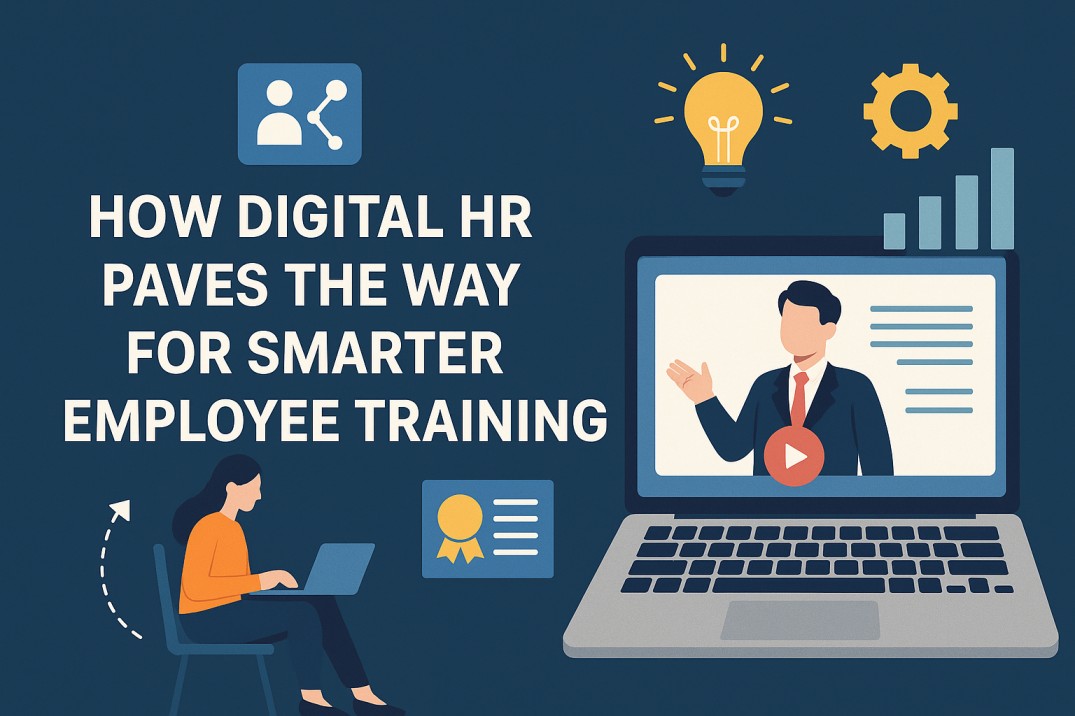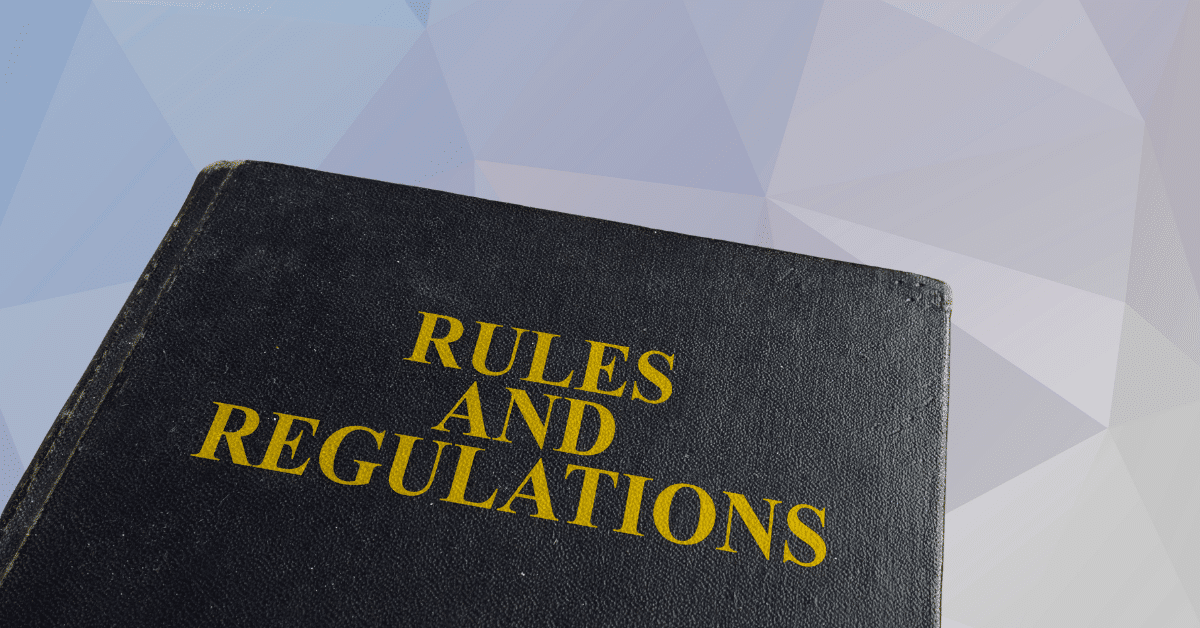If you lead a small team in California, you probably wear many hats. When I helped a friend set up HR at her 14-person studio in Long Beach, she was confident about payroll and benefits but paused on one question: who exactly needs harassment training, and how fast.
That pause is common. Clear rules exist, and once you map them, you protect people, reduce risk, and model the culture you want.
Sexual Harassment Training in California
California requires employers with five or more workers to provide training on preventing harassment and abusive conduct. Supervisors complete two hours.
Nonsupervisory staff complete one hour. New hires and newly promoted supervisors must receive training within six months, followed by training every two years thereafter. Seasonal and temporary workers follow a faster schedule.
Who Must Train And When
- Coverage threshold: Count full-time, part-time, and temporary staff. Volunteers and contractors may be included in the five-person threshold.
- Supervisors: Two hours within six months of hire or promotion, then every two years.
- Nonsupervisory employees: One hour within six months of hire, then every two years.
- Seasonal or temporary workers: Train within 30 calendar days or 100 hours worked, whichever comes first.
- Multi-state teams: If an employee works in California or is supervised in California, include them.
What Counts As Compliant Training
California recognizes three formats when they are interactive and led or developed by qualified trainers:
- Classroom training led by an attorney, HR professional with practical experience, or a qualified instructor.
- Live webinar that allows real-time Q&A and participation.
- E-learning module created by a qualified trainer with built-in interactivity and a way to submit written questions that receive answers within two business days.
If you run an e-learning program, keep a written Q&A log for at least two years. For remote teams, bookmark Can California Sexual Harassment Training Be Done Online for quick reference.
Topics Covered In Training
An effective session is practical, California-specific, and grounded in scenarios employees actually face. Use this outline as a starter agenda, and link it internally as topics covered in sexual harassment training:
- What is unlawful harassment under state and federal law
- Conduct based on sex, gender identity, gender expression, and sexual orientation
- How to spot patterns and respond to complaints
- Supervisors’ duty to act on what they see or hear
- Reporting paths and anti-retaliation
- Bystander tools that help peers speak up
- Policy basics and how investigations begin
- Real-world examples tailored to your industry
Documentation And Recordkeeping
Keep clean records for two years. Store them in a single folder so audits and internal reviews are easy.
- Names and roles of participants
- Dates and length of each session
- Format used and provider name
- Copies of materials and certificates
- For e-learning, the written questions and the trainer’s written responses
This admin work proves compliance and helps you track who is due next.
Risks Of Skipping Training
Missing training does more than create paperwork gaps; it also compromises safety. It weakens your defense if a complaint arises and signals that leadership is not prioritizing prevention.
Remedies after an investigation can include mandatory training, policy revisions, back pay, damages for emotional distress, and attorney fees.
Outline these stakes on your legal resources page and link to the phrase’ penalties for not providing sexual harassment training.’
Picking A Sexual Harassment In California Training Course
You can build training in-house or use a provider. The key is fit and compliance. Many organizations pair a short live webinar for supervisors with a Sexual Harassment in California training course for employees who prefer self-paced learning.
When comparing options, look for:
- California-specific content with interactive scenarios
- Qualified authors or instructors
- A built-in Q&A channel with two-business-day responses
- Certificates, reminders, and easy export of records
- Multiple languages were needed
If you post a buyer’s guide, point readers back to Sexual Harassment Training Under California so they can confirm hours, cadence, and who must attend.
Is Harassment Training Mandatory In California
Yes. Employers with five or more workers must train supervisors and nonsupervisory staff on a set schedule. Seasonal and temporary workers follow different rules.
Step-By-Step Rollout Plan
Map Your Audience
List everyone who works in California, as well as anyone supervised in California. Tag supervisors for the two-hour version. Flag seasonal or temporary workers for the 30-day or 100-hour rule.
Choose The Format
Classroom sessions are practical for building culture. Live webinars scale across locations. E-learning helps new hires get up to speed quickly and automatically captures records.
Build The Agenda
Use your policy and reporting paths as the backbone. Add scenarios from your industry. Include gender identity, gender expression, and sexual orientation content. Invite questions during and after the session.
Set The Cadence
Pick either anniversary-date tracking or a training-year window. Put reminders on a shared calendar. Add a one-page guide for managers to answer common questions on the spot.
Close The Loop
Collect certificates, save rosters, and file materials. Confirm everyone can find the reporting path and that the policy is posted where your team works.
Case Snapshots You Can Reuse
- Off-site client dinner
A supervisor overhears a comment that crosses a line. They pause to assess the situation, document what they have heard, and escalate the issue through the reporting path on the same day. - Group photo discomfort
Someone is touched without consent during a team photo—the bystander steps in with a simple redirect. The supervisor checks in with the employee privately and reports the incident to their superiors. To their superiors - Slack joke
A joke lands badly in a team channel. The employee flags it, the supervisor addresses the issue one-on-one, and the team reviews the policy during the next stand-up.
These short stories make training feel real and help people practice what to do.
Plain-Language Checklist
Link this list from your onboarding or HR page as requirements for sexual harassment training.
- Confirm the five-or-more threshold.
- Assign a qualified trainer or vetted provider.
- Schedule one hour for staff and two hours for supervisors
- Train within six months of being hired or promoted.
- For seasonal or temporary workers, training must be completed within 30 days or 100 hours of hire.
Keep records and, for e-learning, maintain a Q&A log for a period of two years.
FAQs
Who must complete sexual harassment training in California at a small startup?
If your startup has five or more workers, you must provide training. Supervisors complete 2 hours; staff complete 1 hour.
New hires and newly promoted supervisors receive training within six months, followed by refresher training every two years. Seasonal or temporary workers are subject to the 30-day or 100-hour rule.
Keep certificates and rosters for a minimum of 2 years to demonstrate compliance during audits or in response to complaints.
How often do supervisors need sexual harassment training in California?
Supervisors are required to complete two hours of training every two years. If someone is newly promoted, they must complete training within six months of the promotion.
Many companies pick a training-year window to simplify reminders. Add supervisors who transfer into California to your list. Store certificates and materials in a single folder to respond quickly to any internal or external review.
Can we deliver sexual harassment training in California online?
Yes. California accepts e-learning and live webinars when they are interactive and developed or led by qualified trainers. E-learning must include a mechanism for submitting questions and receiving answers within two business days.
Keep copies of the questions and responses for two years. Many teams pair a brief live Q&A with a self-paced module to cover different learning styles.
What records prove completion of sexual harassment training in California?
Keep names, roles, dates, duration, and the format used. Save sign-ins or certificates, along with the training materials or module screenshots.
For e-learning, retain written questions and the trainer’s written replies for a minimum of two years. Centralize these files with your anti-harassment policy and reporting path so managers can retrieve them quickly when asked.
What happens if a company skips sexual harassment training in California?
Skipping training weakens an employer’s defense if a complaint arises and may require corrective actions. Remedies can include policy changes, mandatory training, back pay, damages for emotional distress, and attorney fees.
Training also helps prevent incidents, supports reporting, and shows employees that leadership takes workplace respect seriously. Post a simple roadmap so new hires know where to go for help.


















